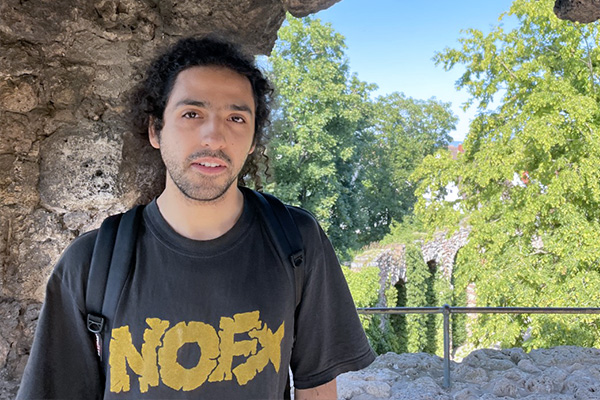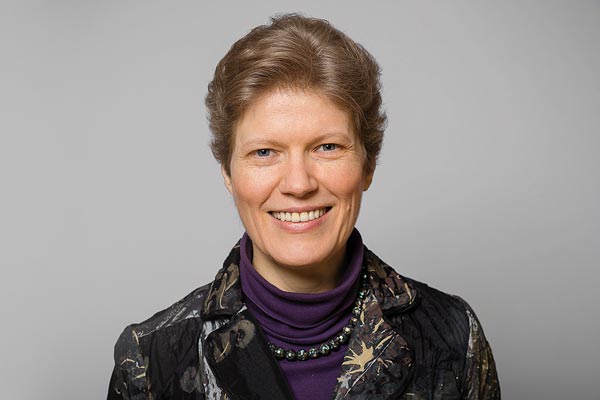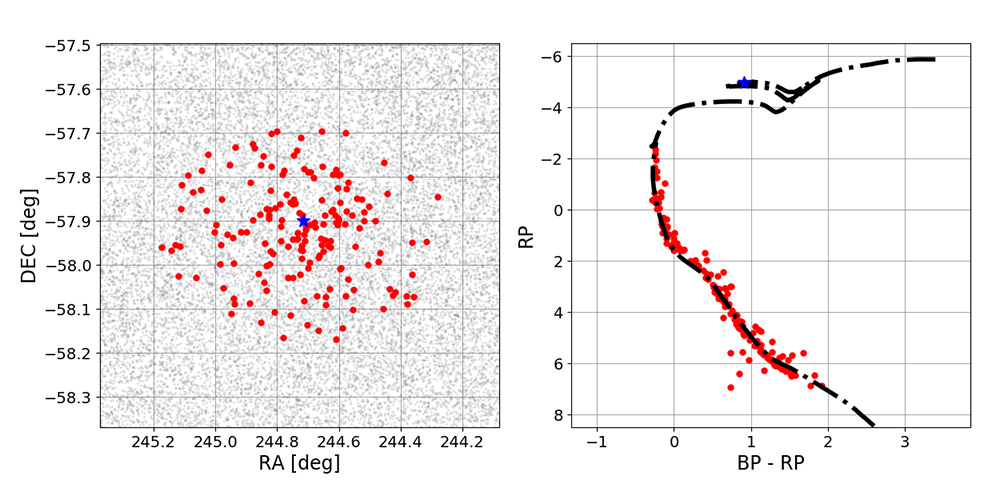Unveiling the Galactic History with Pulsating Variable Stars
Gustavo Medina Toledo — Hector Fellow Eva Grebel
This project aims to explore the use of young and old pulsating variable stars to improve our current understanding of the Milky Way. This will be achieved by performing a novel study of the kinematics, ages and chemical compositions of Cepheids and RR Lyrae stars which, in spite of being archetypes of different stellar populations, represent key tracers of the recent star formation and assembly history of the Galaxy.
The Milky Way's assembly history is still not fully understood, and Galactic archaeology studies strive to reconstruct its formation from present day stellar populations. In that sense, pulsating variable stars are important since they trace populations in identifiable evolutionary phases. In this work, I will study Cepheids and RR Lyrae stars, which are young/old variables (respectively) commonly used as precise distance indicators.
Supervised by Hector Fellow Eva Grebel, I will analyze Cepheids in systems formed at the same time and under the same conditions. These coeval ensembles serve as cosmic laboratories to get independent estimations of the age of the Cepheids they host. To determine the membership of these stars to their host clusters, I will use data from the Gaia mission, since it provides kinematics with an unprecedented precision and high-quality. This work will permit a direct calibration of the Cepheid period-age relation, necessary to use them as cosmological tools in the local universe.
I will also study a selected group of RR Lyrae stars in the outskirts of our Galaxy, which will provide strong constrains of the Galactic accretion history, and its mass. This will involve using proprietary spectra of RR Lyrae to determine their kinematics (radial velocities) and chemical compositions. With this I will study their origin and possible connection with Galactic substructures, laying the groundwork for future research in the era of large sky surveys.
Result of a membership determination of the stars, including the cepheid S Normae, to the cluster NGC 6087 using kinematic properties based on Gaia-DR2 proper motions and parallaxes.

Gustavo Medina Toledo
University of HeidelbergSupervised by

Eva Grebel
PhysicsHector Fellow since 2014


